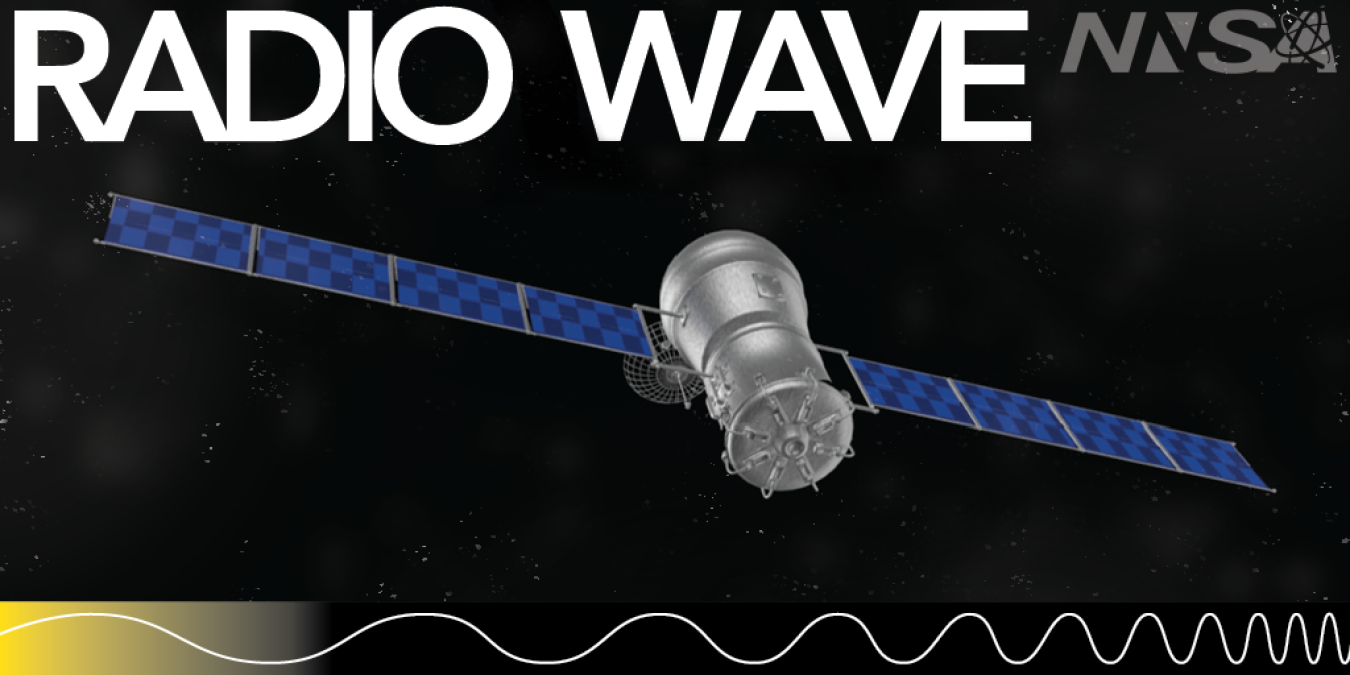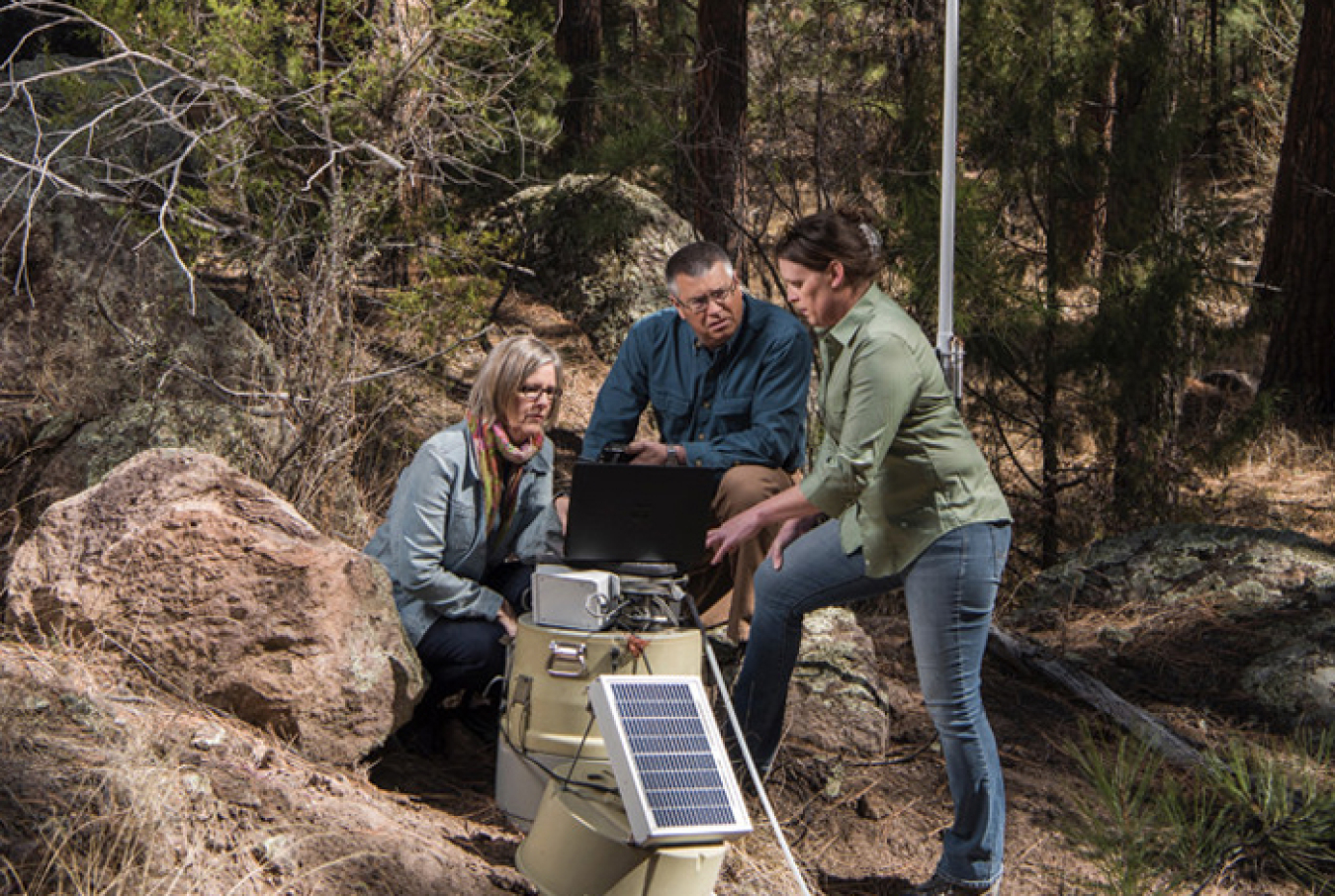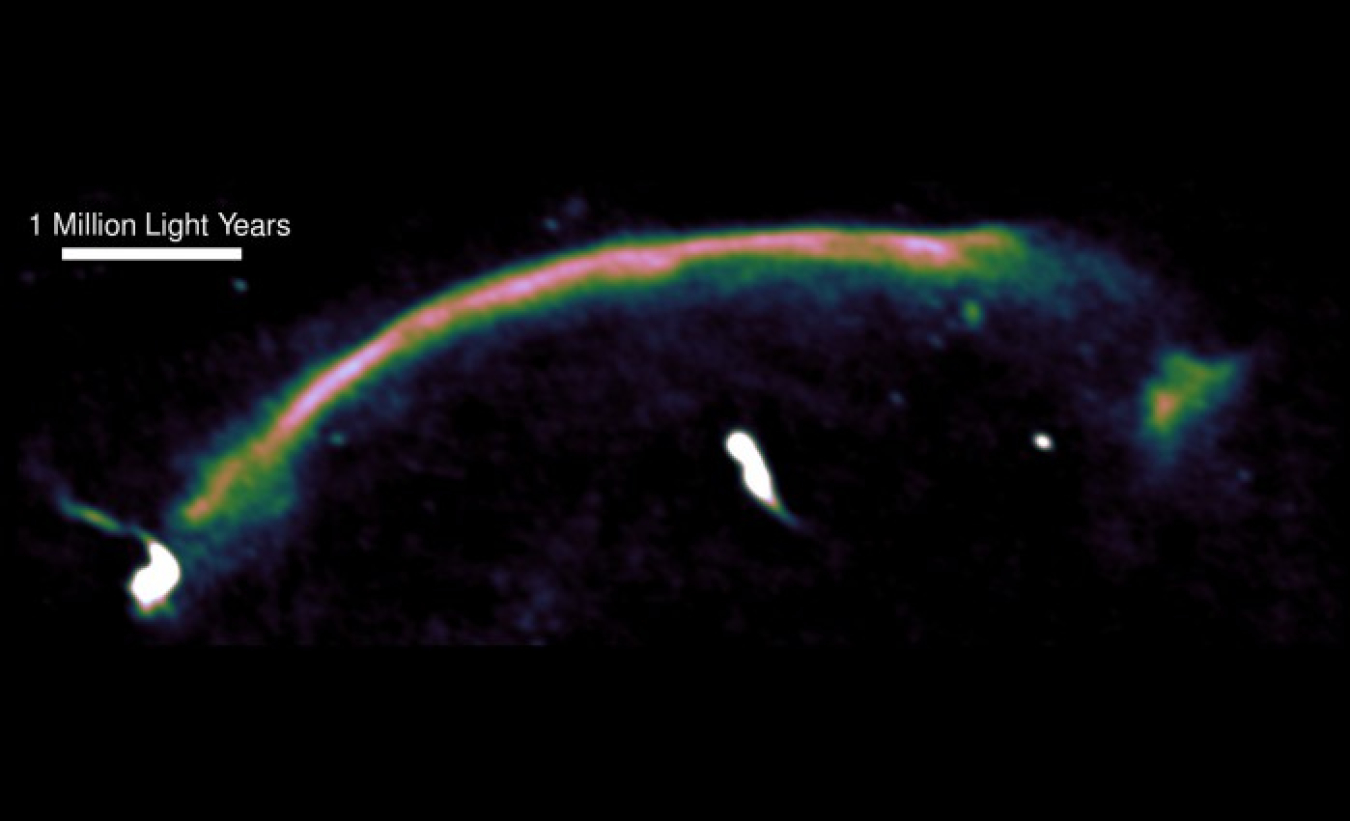Radio waves are good for a lot more than bringing today’s hits to your car’s speakers.
National Nuclear Security Administration
October 15, 2018

Radio waves are good for a lot more than bringing today’s hits to your car’s speakers.
The new Long-Range Wireless Sensor Network system developed at Los Alamos National Laboratory uses a self-healing, self-forming mesh network of long-range radios to monitor moisture content in soils.
The network can be combined with satellites to provide two-way communication with nodes anywhere on earth and can last up to 10 years by using photovoltaic power and/or rechargeable batteries. This makes it suitable for use in remote areas that have little or no infrastructure, power, or cellular reception.
Future applications could include monitoring for the movement of radiological materials or securing building perimeters, national borders, and ports.

Looking outward, an international team of astronomers, including Dr. William Dawson of Lawrence Livermore National Laboratory, used radio images to visualize a cosmic tsunami.
The Giant Metrewave Radio Telescope, operated by India’s National Centre for Radio Astrophysics, captured an image of a shock wave generated one billion years ago, when two galaxy clusters collided. The resulting shock wave, tracked in part by radio emissions, triggered an avalanche-like collapse. The cascade of dense, cold gas clouds spawned a new generation of stars and the team discovered that “comatose” galaxies that stopped forming stars in the distant past can sometimes come back to life.

Closer to home, Sandia National Laboratories has become a world leader in the design and development of hardware components for Synthetic Aperture Radar systems. This type of technology uses successive pulses of radio waves to create 3D maps for intelligence, surveillance, and reconnaissance.
Research at NNSA spans the entire electromagnetic spectrum – take a look at findings at other frequencies and how they help further the missions of the Nuclear Security Enterprise.

